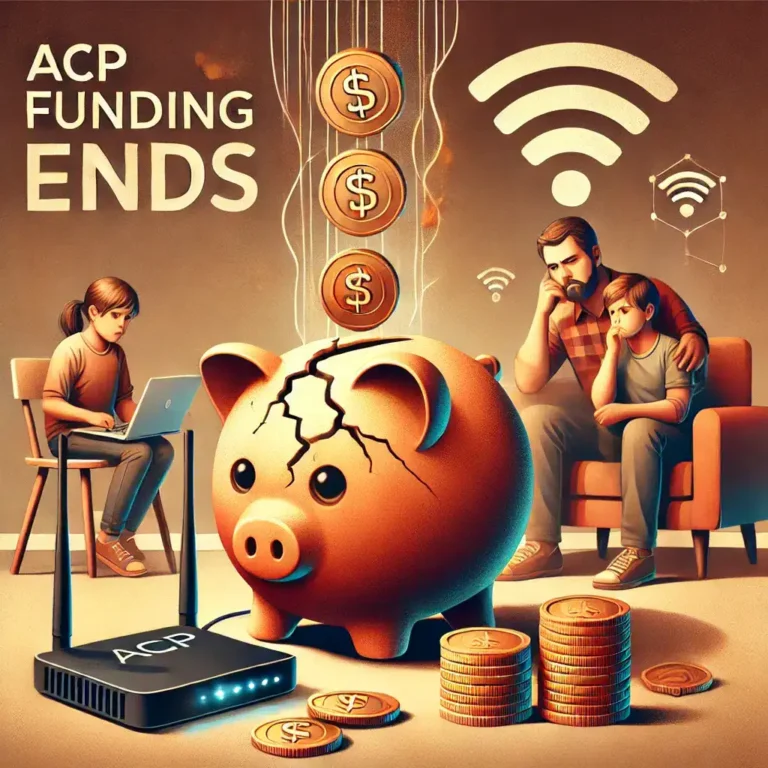In a move that brings much-needed stability to millions of American families, the longest federal government shutdown in U.S. history—spanning 43 days—has officially ended as of November 13, 2025. President Donald Trump signed a bipartisan funding bill late on November 12, averting further chaos and restoring operations to essential services……………………….. This resolution not only reopens government agencies but also ensures the uninterrupted flow of critical programs like the Supplemental Nutrition Assistance Program (SNAP), with full benefits now being posted to recipients across the country. As families breathe a collective sigh of relief, let’s explore the shutdown’s conclusion, its impact on SNAP, and what comes next.
The Shutdown’s Timeline and Resolution
The shutdown began at midnight on October 1, 2025, when Congress failed to pass appropriations legislation amid heated debates over budget priorities, including GOP demands for spending cuts and border security measures. Over the following weeks, it affected nearly 800,000 federal workers, halting paychecks, delaying services, and disrupting programs like SNAP, which supports over 40 million low-income individuals. Legal battles ensued, with courts ordering partial SNAP payments using contingency funds, leading to a patchwork of 65% benefits in many states while others issued full amounts before USDA reversals.
The turning point came on November 10, when the Senate passed a compromise bill funding the government through January 30, 2026, without the controversial cuts initially proposed. The House followed suit, and Trump’s signature ended the impasse, marking the longest shutdown on record at 43 days. Immediate effects include back pay for furloughed workers and the resumption of delayed services, from national parks to FDA inspections.
SNAP Benefits: Full Payments Now Underway
For SNAP recipients, the shutdown’s end means a swift return to normalcy. During the crisis, the USDA’s November 9 memo mandated partial benefits (around 65% of allotments), causing confusion and reversals in states like Pennsylvania and Wisconsin. Now, with funding restored, full November SNAP benefits are being issued nationwide. States like Ohio are distributing them next week, regardless of usual schedules, while Virginia and Minnesota confirm no further disruptions for 2025.
Florida’s Department of Children and Families notes that updates are in progress to ensure accurate payments, and recipients should check their EBT accounts via state portals or apps like Providers. Emergency allotments, if applicable, may follow, but the core message is clear: SNAP is back in full force, providing an average of $188 per person monthly to combat food insecurity. However, looming threats of permanent cuts in future budgets highlight the program’s ongoing vulnerability.
Broader Impacts and Support Resources
The shutdown’s ripple effects extended beyond SNAP, exacerbating food bank lines and economic strain. With its resolution, advocates like the Food Research & Action Center urge recipients to report any delays to local offices. For those affected, resources like Feeding America remain vital for interim aid.
As the dust settles on this historic shutdown, it underscores the fragility of essential services and the resilience of American families. With SNAP benefits now fully posting, millions can focus on recovery rather than survival. Stay informed through official USDA channels, and remember: programs like SNAP not only feed bodies but strengthen communities. If you’re eligible, apply or renew today—relief is here, and brighter days await.




